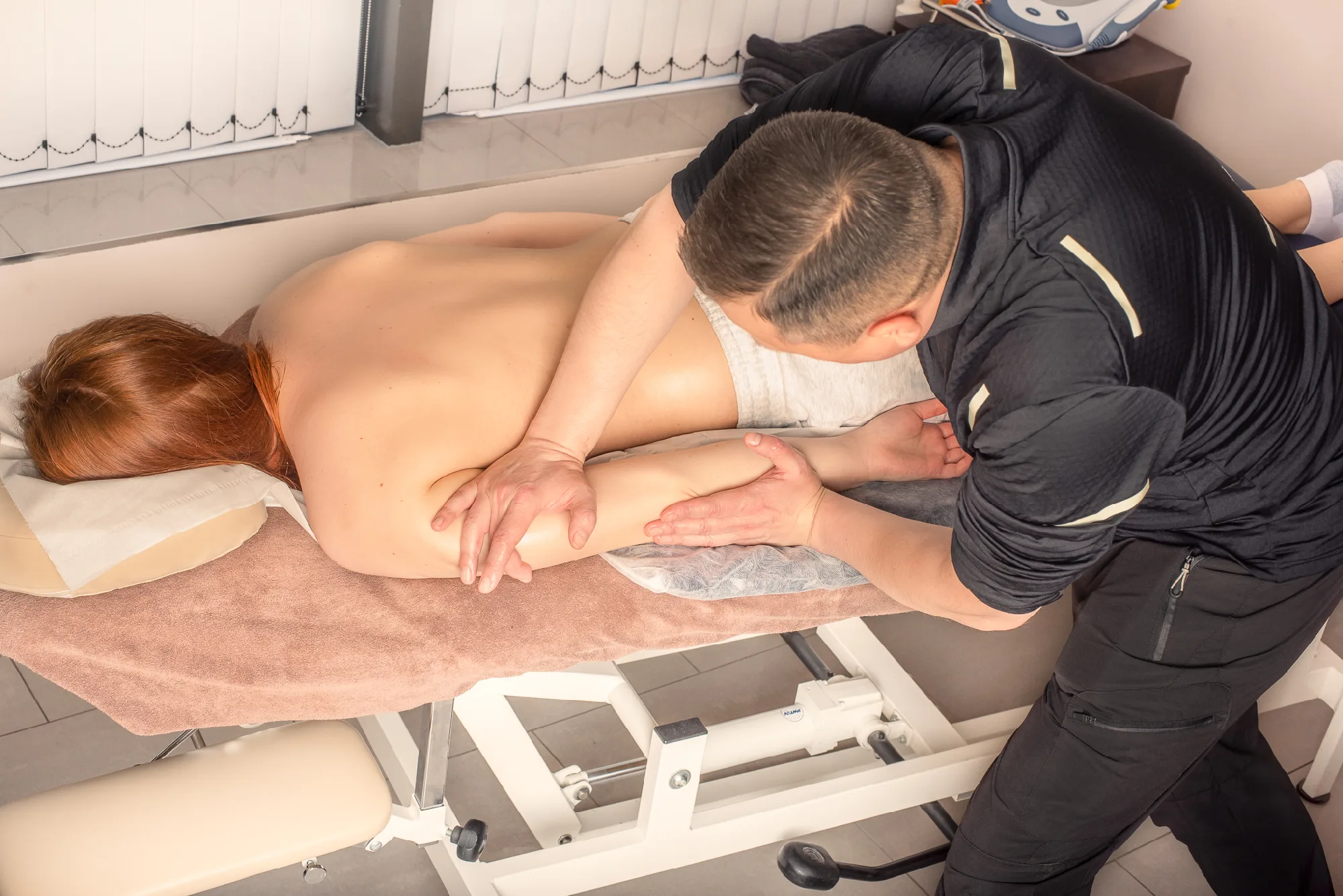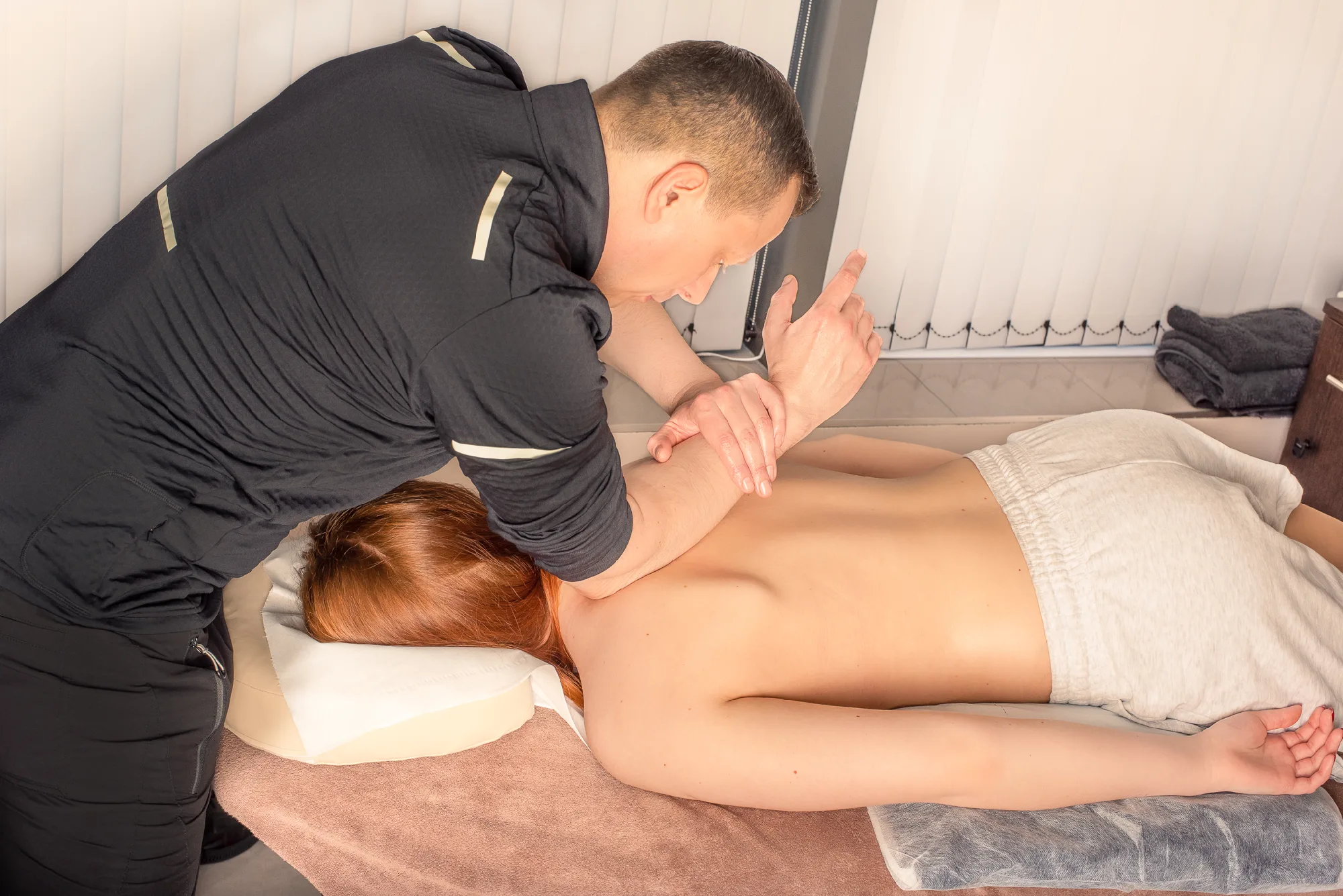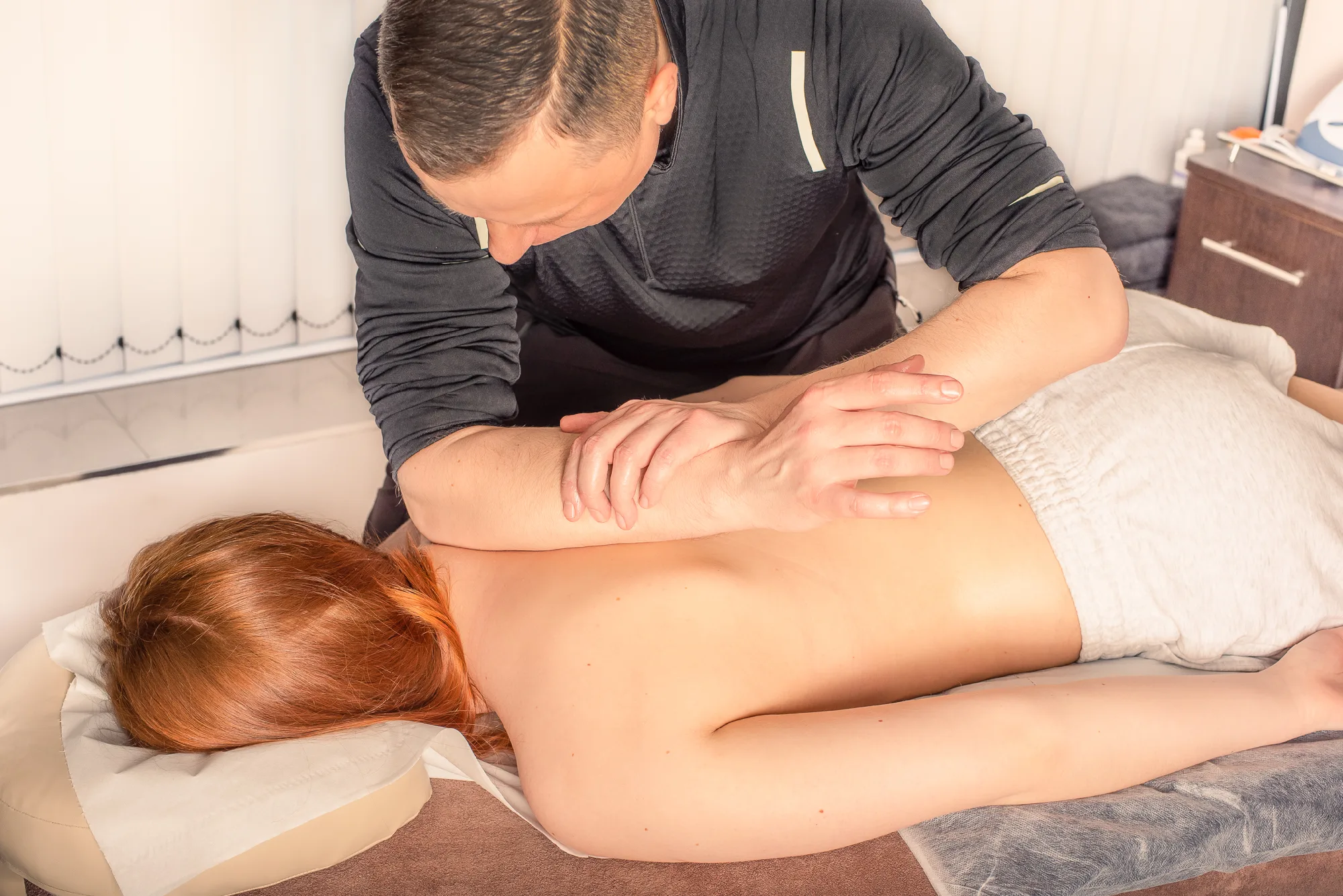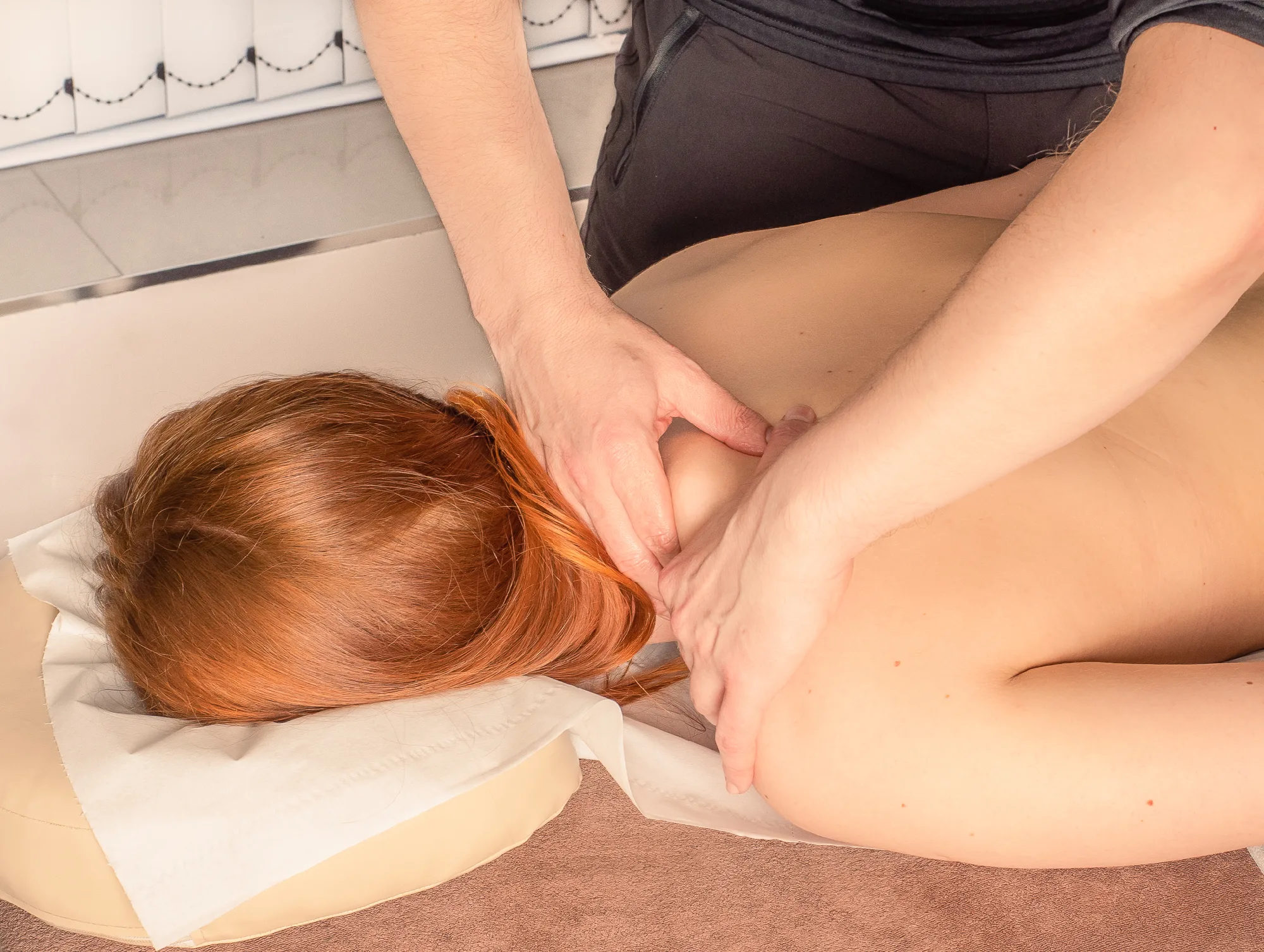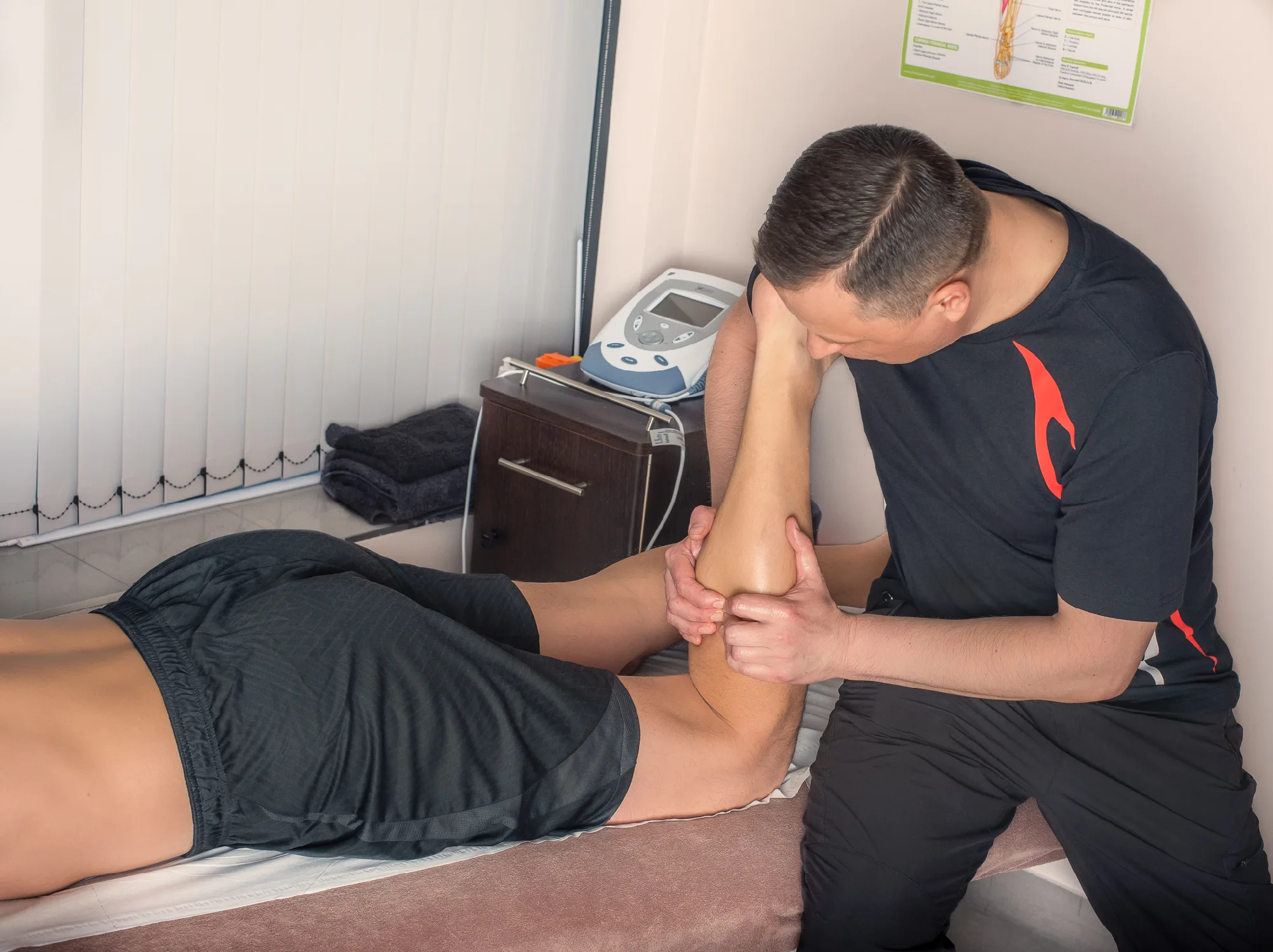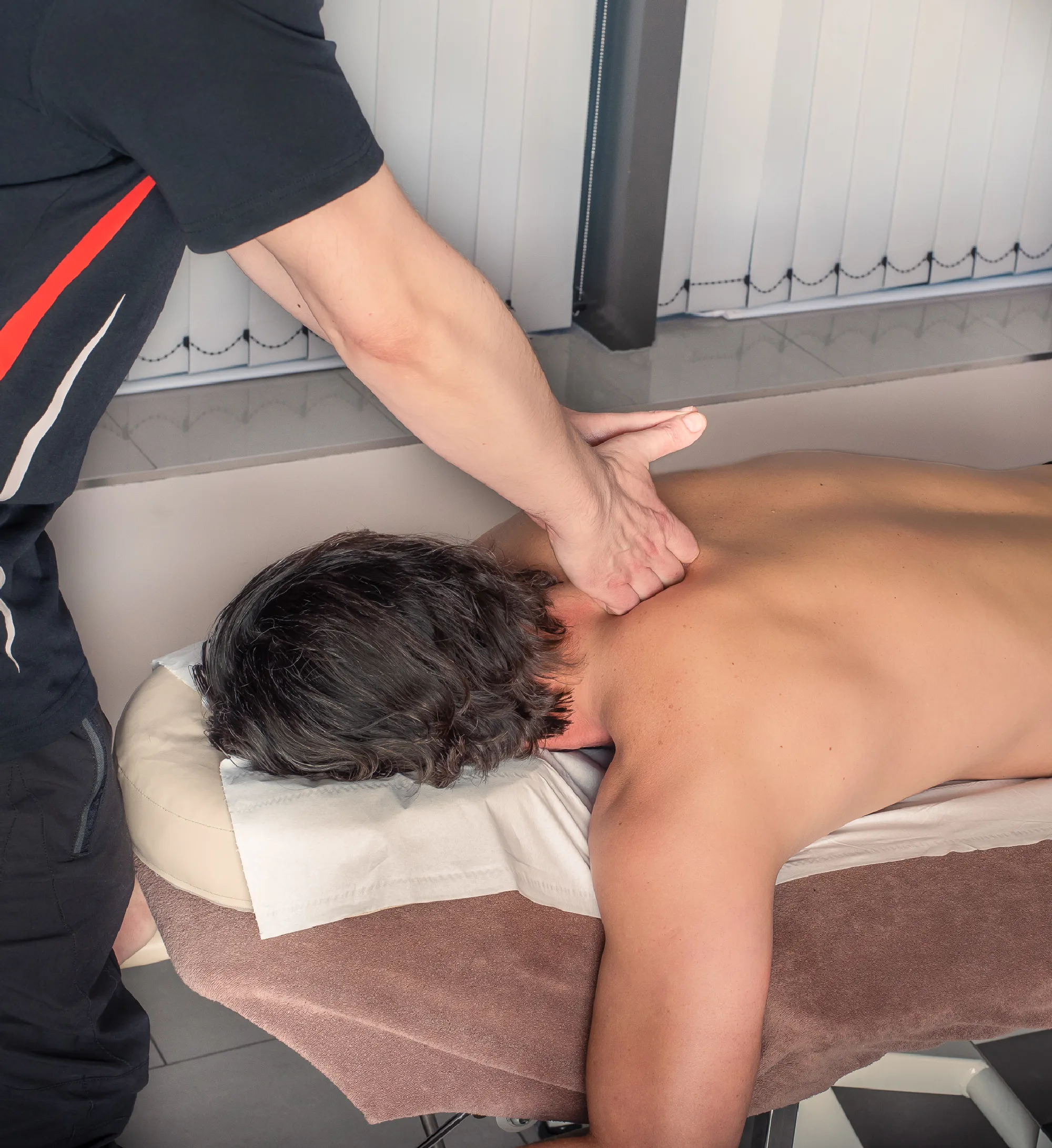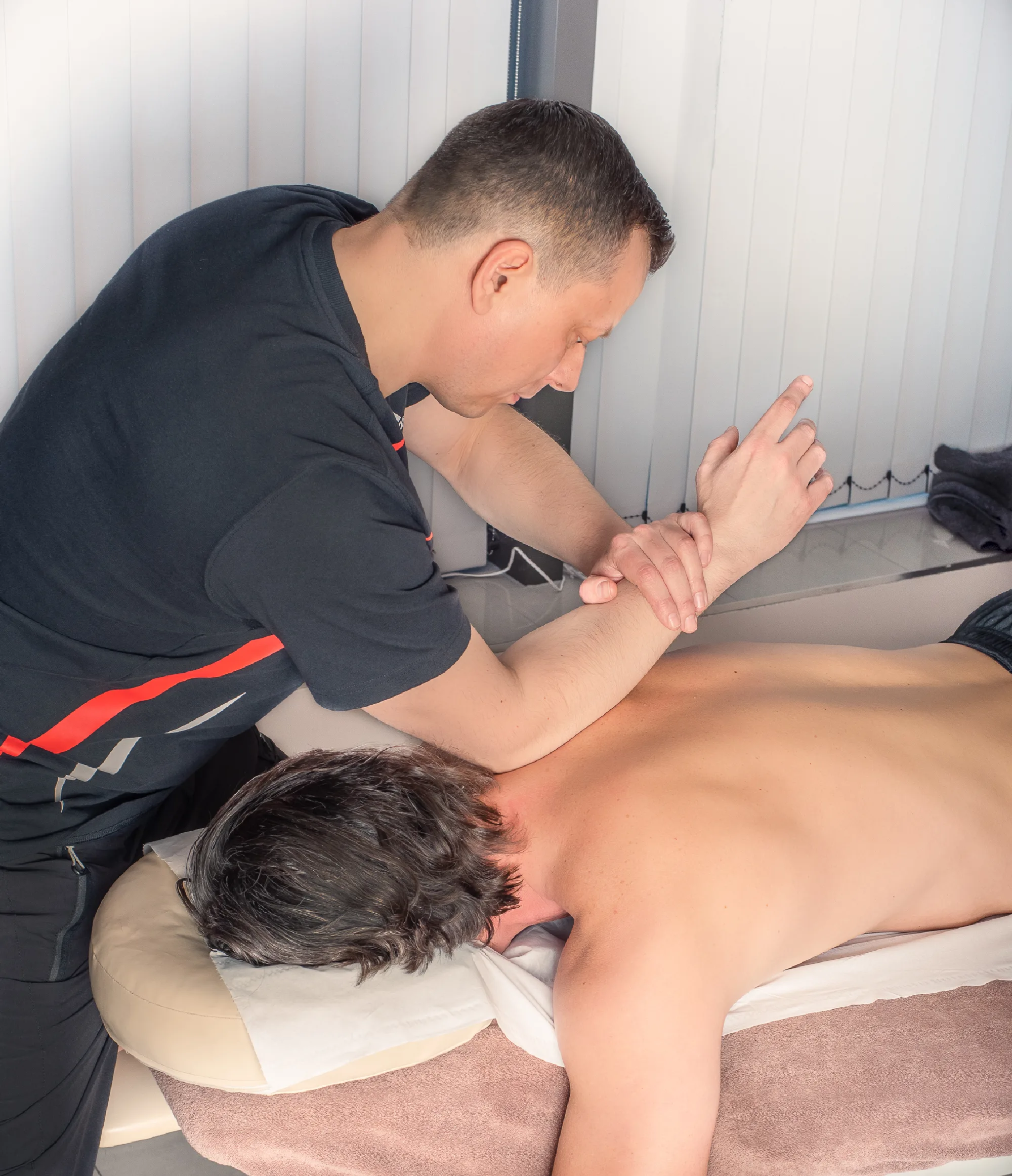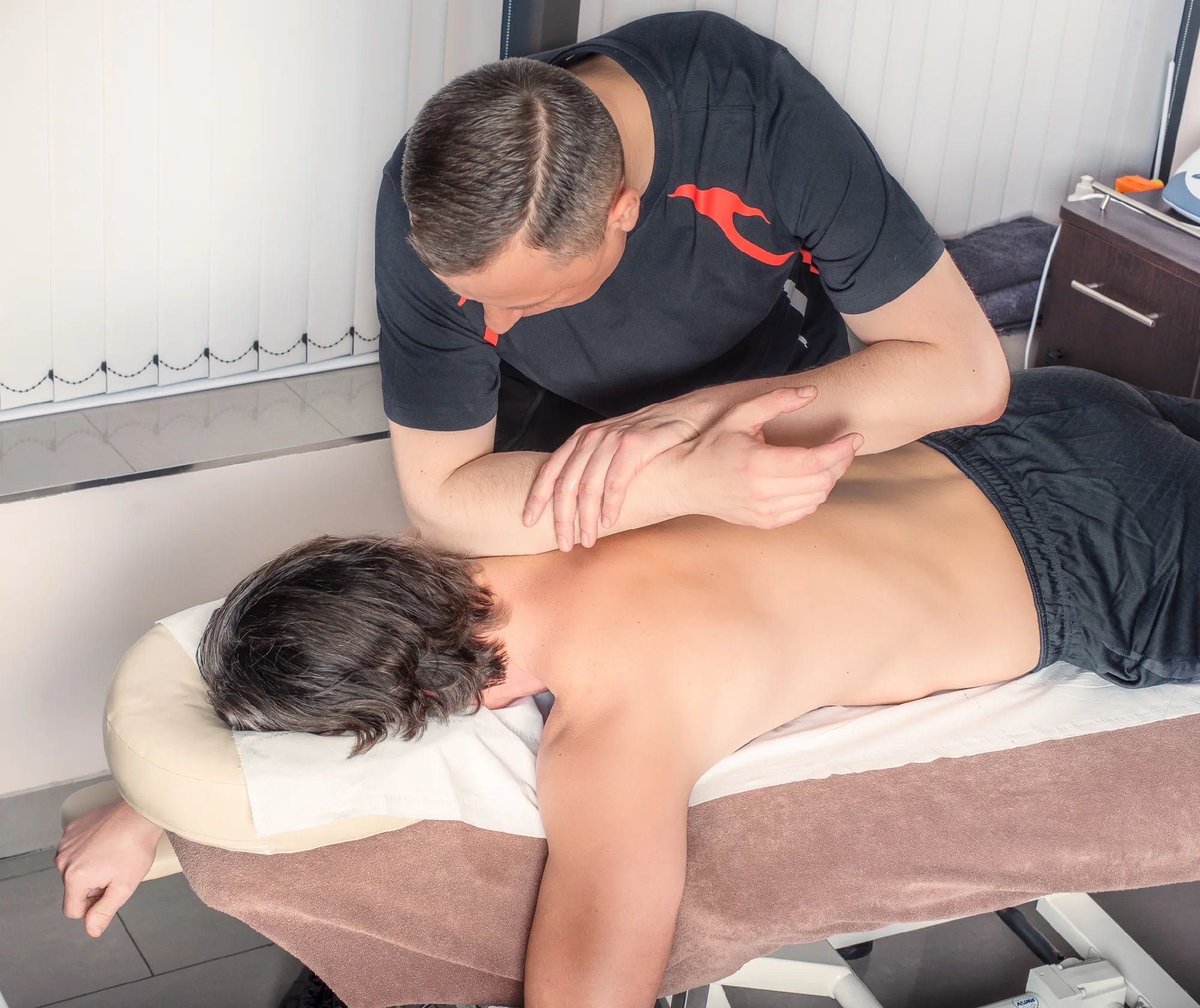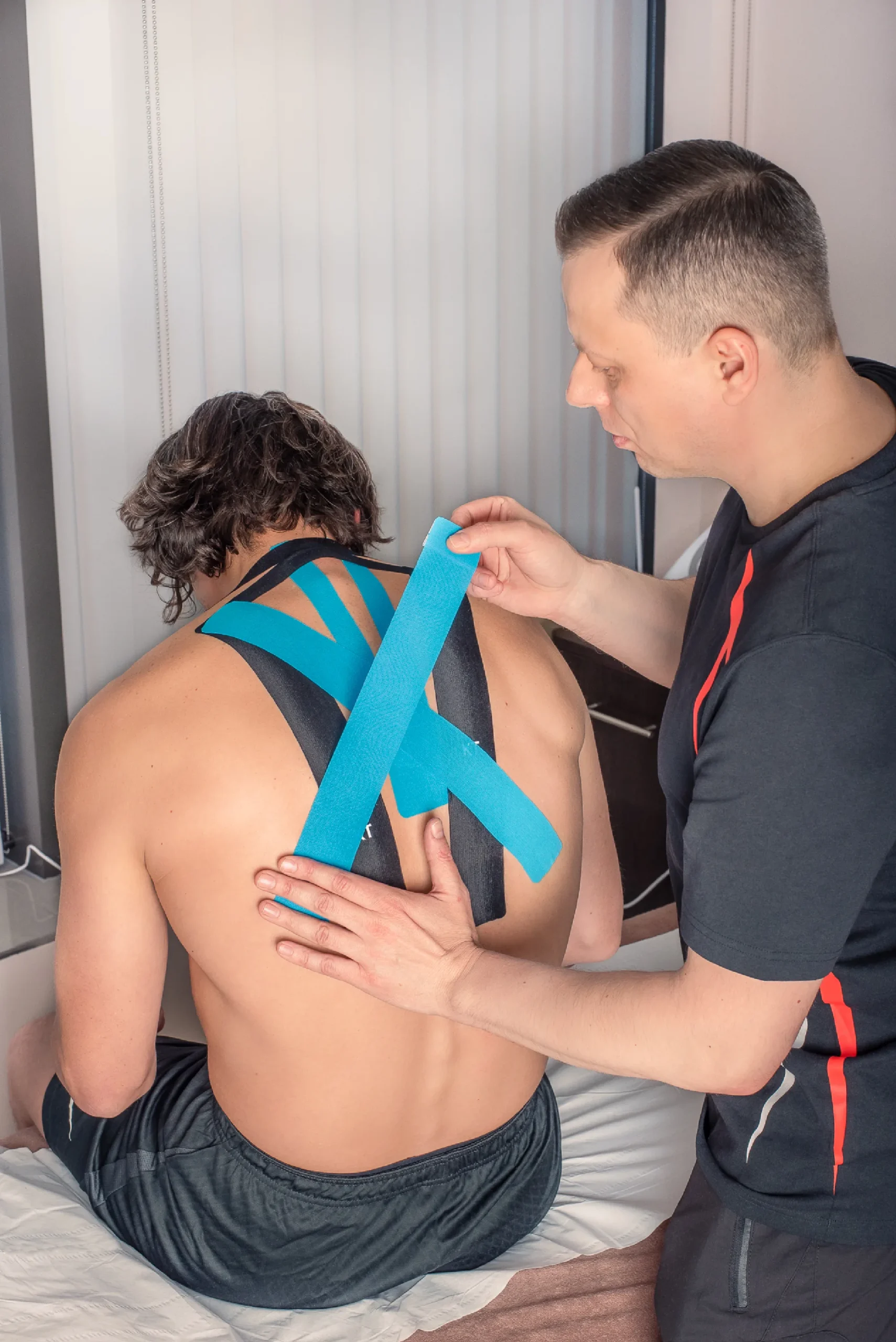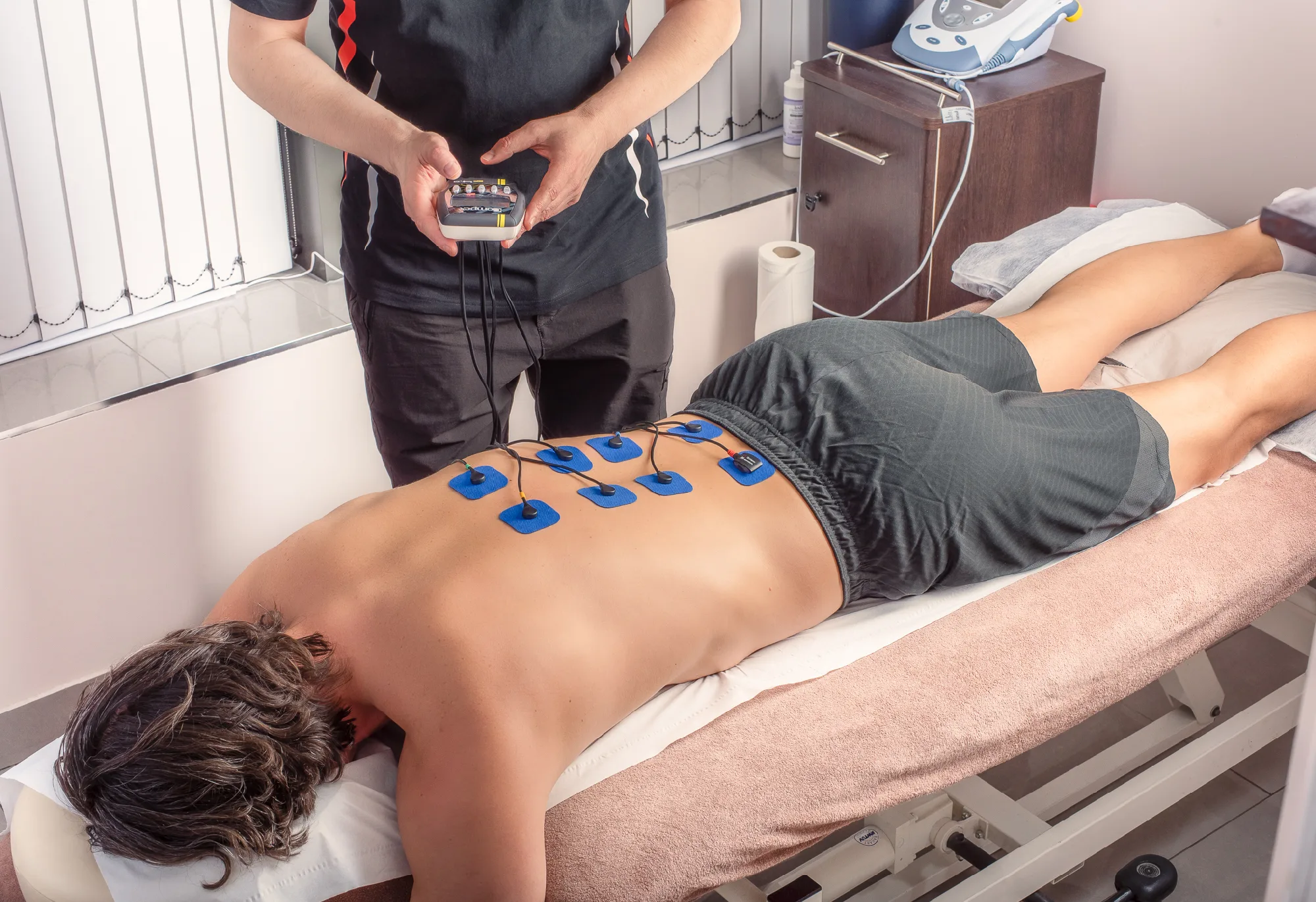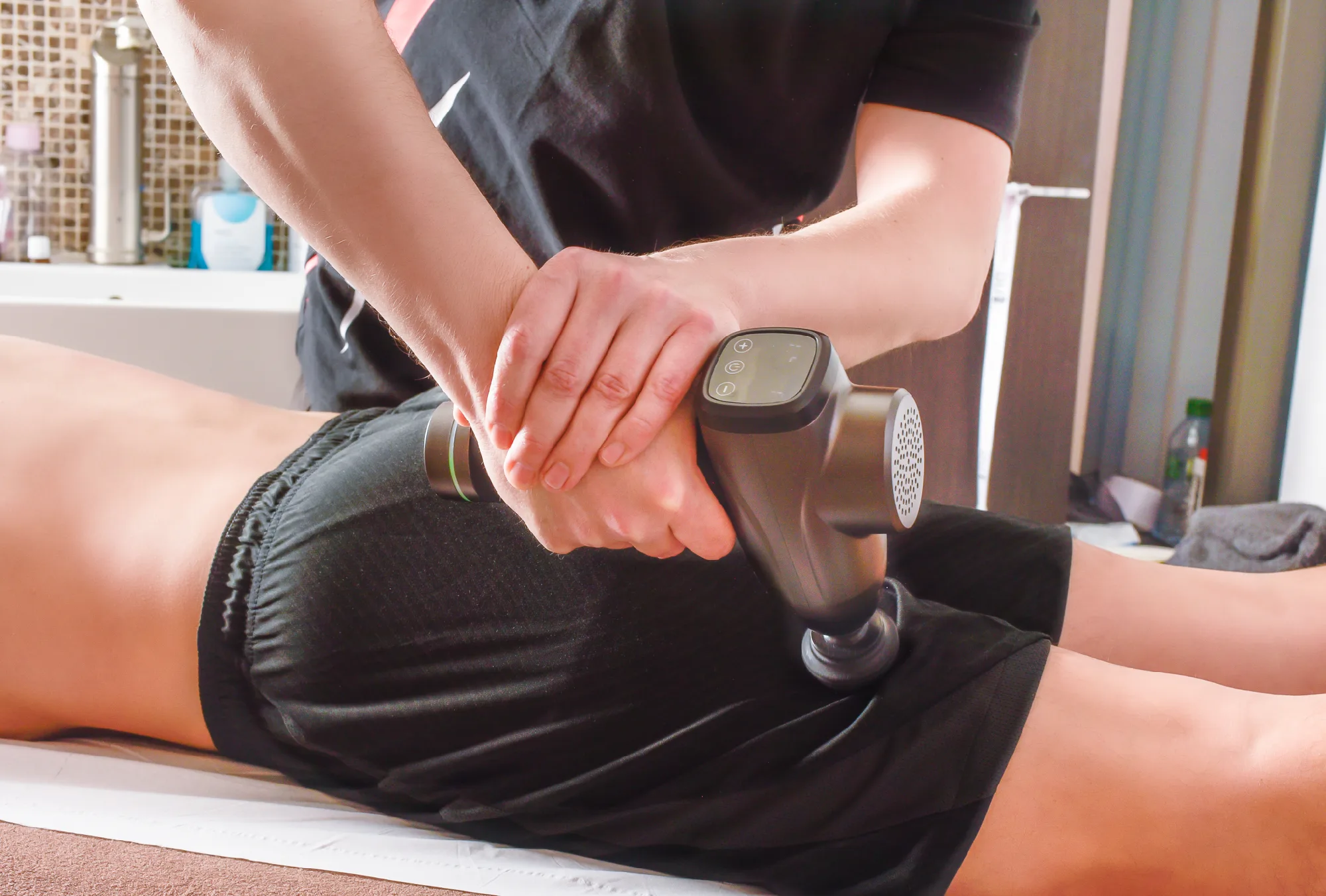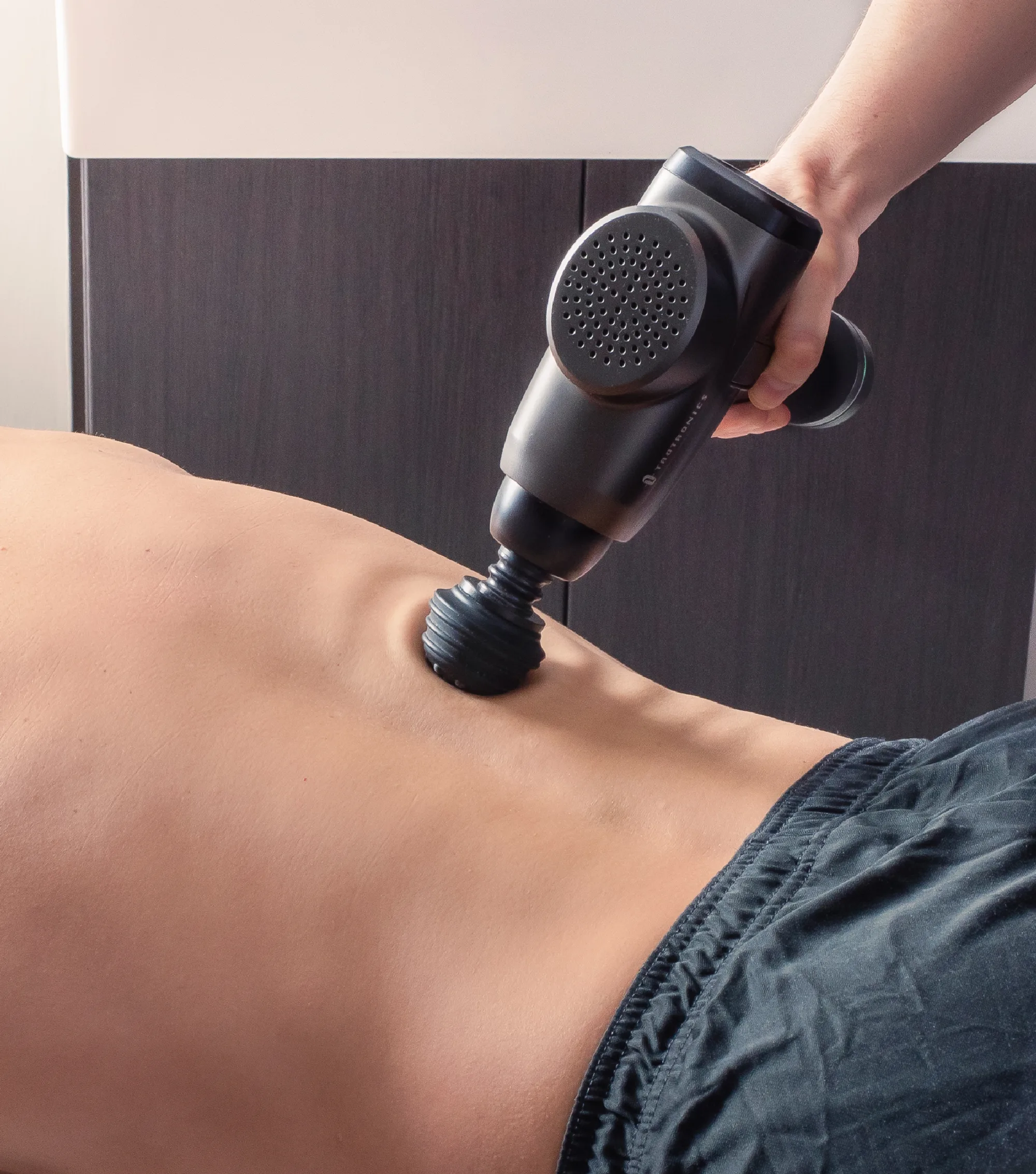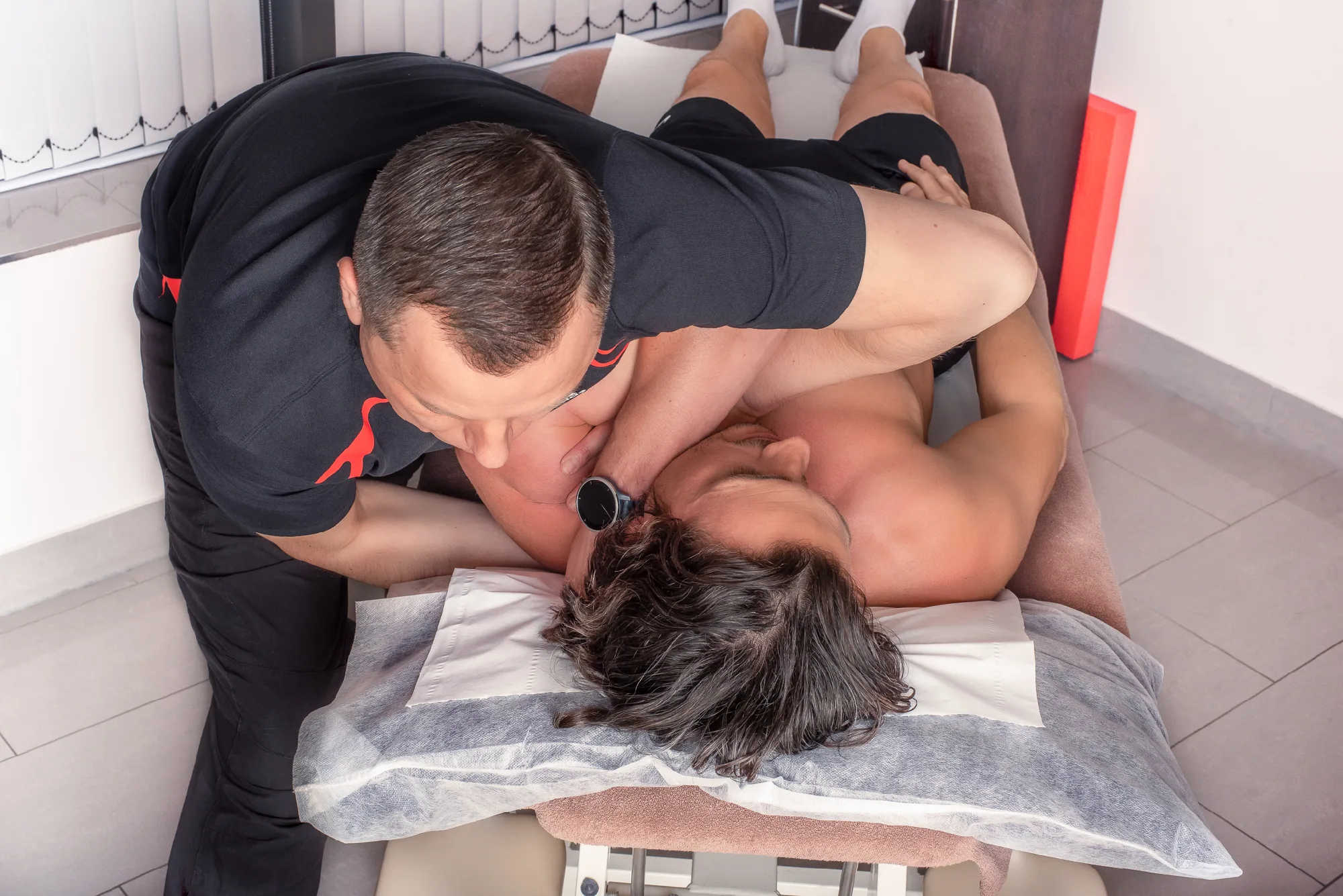Physiotherapy consultation
Physiotherapy consultation is one of the most effective ways to deal with chronic health problems. Physiotherapy consultation is recommended for the people who care about the health of the spine or who already facing various back problems or in the presence of other injuries of the musculoskeletal system, after various neurological diseases, operations and injuries.
HOW TO PREPARE FOR A PHYSIOTHERAPY CONSULTATION?
It is recommended to come to the physiotherapy consultation wearing non-restrictive clothing, which will allow you to perform tests and assess the condition of the body more accurately.
PHYSIOTHERAPY CONSULTATION IS RECOMMENDED IF:
- you experience neck pain, pain between the shoulder blades or you feel muscle tension,
- you experience neurological symptoms such as numbness, tingling or burning sensation in the hands or feet, decreased strength in the hands and feet,
- you experience acute or chronic pain in the body’s soft tissues or joint pain,
- you have a ligament sprain, tendon injury or inflammation,
- you feel pain when doing certain exercises,
- you are recovering from an injury,
- you want to improve your posture,
- you want to assess your physical condition and capacity,
- you are going to start attending group or individual exercises.


